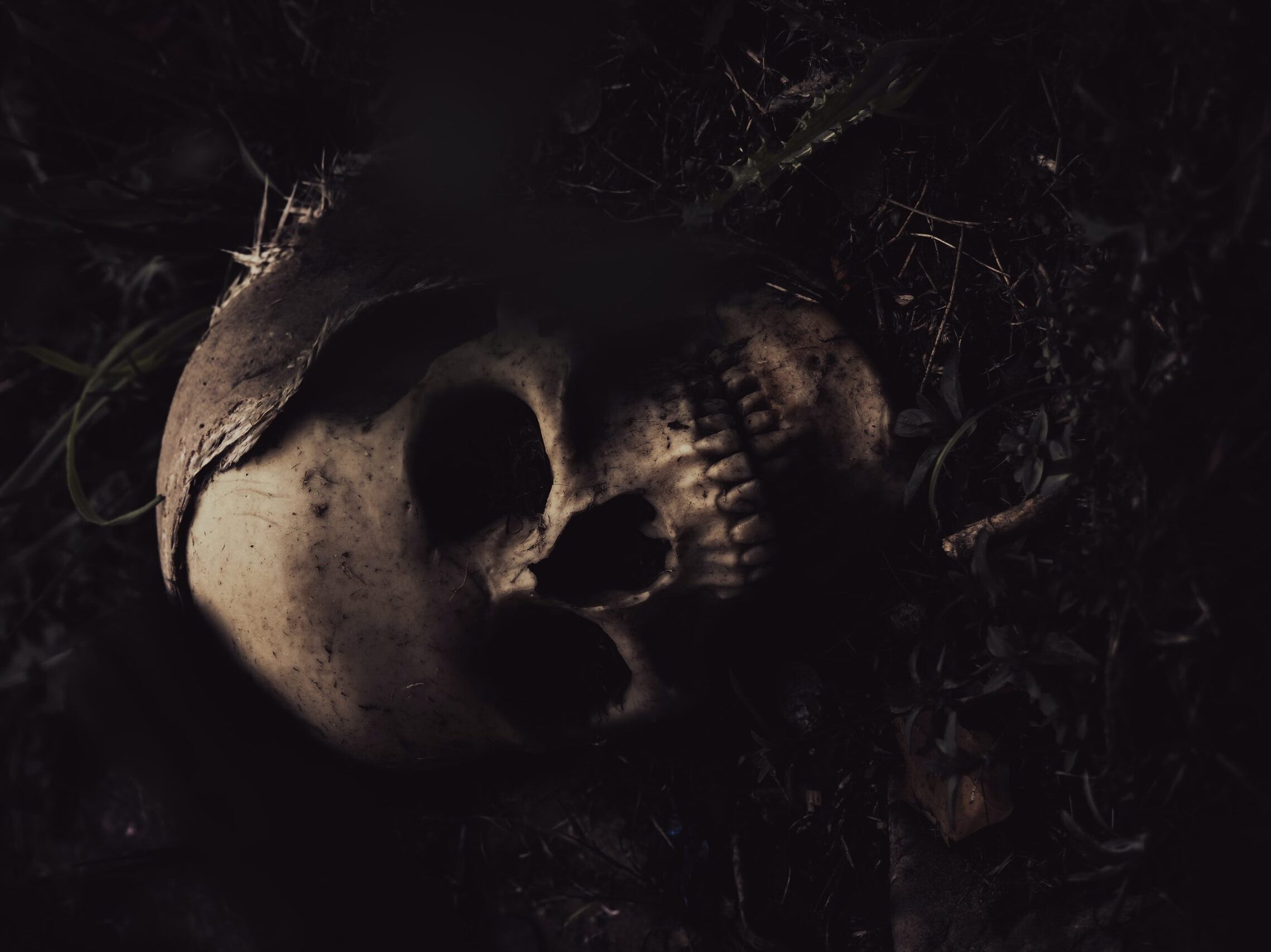11/6/2023
Paleontology and archaeology are some of the oldest sciences, and their roles are necessary for understanding humanity’s past and how it has led to the present. It is through intensive research and study of ancient fossils that we know how humans evolved. Organisms were developing bipedalism as far back as four million years ago, but the traits we usually associate with being human – such as larger brains, the ability to use tools, and the capacity for language – did not develop until as recently as 100,000 years ago. Despite these advancements in the human brain, fossilized remains offer rare and valuable evidence that living memory cannot. It is little wonder then that we so deeply covet the fossilized evidence that has been uncovered over the centuries: it exists as tangible proof of how far we have come.
Some people wanted to further impress upon this idea. Timothy Nash, in particular, sought to create a tribute to humankind’s evolution and exploration of space by bringing ancient human remains with him on a commercial space flight through Virgin Galactic. Nash carried a two-million-year-old collarbone in his pocket as he flew aboard the V.S.S. Unity spaceplane. The collarbone was found in the Cradle of Humankind, a World Heritage site in South Africa. The landmark got its name as some of the oldest known fossils were found there alongside the earliest evidence of human remains. It is now a well-documented fact that Africa is the birthplace of humankind. By bringing this specimen with him on his space flight, Nash felt he was honoring humanity’s collective ancestry. He stated, “… I am humbled and honored to represent South Africa and all of humankind, as I carry these precious representations of our collective ancestors, on this first journey of our ancient relatives into space.”
Of course, not everyone felt the same way about bringing ancient fossils into space. A campaign has been conducted throughout the scientific community condemning ancient fossils being used in such a way. The scientists and researchers supporting him feel this was no grand gesture to humanity, but a callous publicity stunt. Human origin expert Andy Herries of La Trobe University claimed he was particularly concerned as the specimen brought to space was a type specimen – meaning it will be used as a reference for future fossils. The loss of such a rare piece of scientific evidence would have been devastating. On the other hand, paleoanthropologist Lee Berger, who found the fossils, does not see anything wrong with them going to space. He claims proper protocols were followed to guarantee the safety of the specimens.
The controversy surrounding the decision raises an interesting dilemma in the field of scientific research: when does the generation of public interest become a hindrance to authentic research? While controversial, ancient human remains traveling beyond the confines of the Earth do highlight the incredible accomplishments humankind has achieved since its oldest ancestors. Additionally, much of the funding for research into the Cradle of Humankind comes from public interest through tourism. Generating news and interest in the site is a good thing, as it encourages support for the World Heritage site and brings attention to South Africa, making the province it resides in a catalyst for economic change and regional development.
Overall, the bones are intact, and the controversy generated by the decision has brought attention to South Africa and its research ventures that otherwise would not have occurred. In this circumstance, at least, the effect of the venture was positive. But that does not necessarily mean it should be repeated, as the use of rare scientific evidence in such a way could set a dangerous precedent leading to the mishandling of ancient artifacts. Therefore, the way forward is unclear. It is up to the individual institution funding the research in question to decide what can be done with it, and how specimens must be handled in the future.

